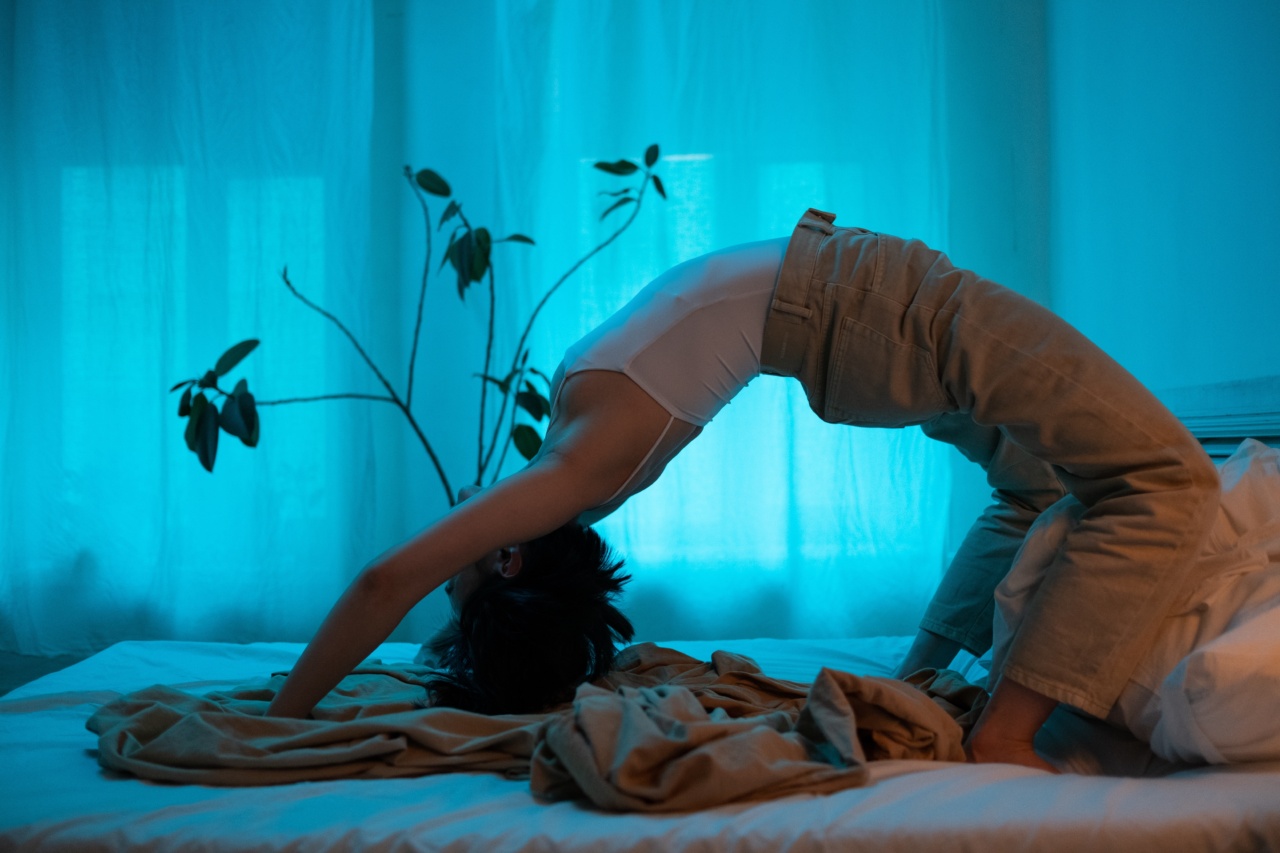Have you ever experienced waking up paralyzed, unable to move any part of your body, and a sense of dread looming over you? If you have, then you might have experienced a sleep paralysis.
What is Sleep Paralysis?
Sleep paralysis is a condition in which a person wakes up while still in the REM (Rapid Eye Movement) stage of sleep. During REM stage, a person’s body is naturally paralyzed to prevent them from physically acting out their dreams.
However, in sleep paralysis, the brain wakes up, but the body is still in a paralyzed state. This condition can last from a few seconds to several minutes, making the person feel trapped in their own body.
What Causes Sleep Paralysis?
There are various factors that can contribute to sleep paralysis. Here are some of them:.
1. Genetics
Studies have shown that genetics might play a role in the development of sleep paralysis. People who have a family member with a history of sleep paralysis may be more prone to experiencing it themselves.
2. Disrupted Sleep Patterns
Disrupted sleep patterns, such as sleep deprivation, can increase the likelihood of experiencing sleep paralysis. The lack of sleep can reduce a person’s ability to enter deep sleep, leading to more frequent occurrences of sleep paralysis.
3. Mental Health Disorders
Mental health disorders, such as depression, anxiety, and post-traumatic stress disorder (PTSD), can increase a person’s risk of experiencing sleep paralysis.
These conditions can disrupt a person’s sleep pattern and lead to more frequent episodes of sleep paralysis.
How Does Sleep Paralysis Feel?
For those who have experienced sleep paralysis, it can be a terrifying experience. Some of the common sensations associated with sleep paralysis include:.
Sense of Doom
Many people report feeling a sense of doom or impending danger during an episode of sleep paralysis. This feeling can be so intense that some people believe they are being attacked or suffocated by a supernatural force.
Hallucinations
During sleep paralysis, people may experience vivid and terrifying hallucinations that can include seeing shadowy figures, hearing voices, or feeling a presence in the room.
These hallucinations can feel so real that people may believe they are actually happening.
Difficulty Breathing
During sleep paralysis, people may feel like they are suffocating or unable to breathe. This feeling can be extremely distressing and contribute to the sense of impending doom.
How to Prevent Sleep Paralysis?
Although there is no known cure for sleep paralysis, there are some things that people can do to reduce the likelihood of experiencing it. Here are some tips:.
1. Create a Relaxing Sleep Environment
Creating a relaxing sleep environment can help promote deep sleep and reduce the likelihood of sleep paralysis. This can include using comfortable bedding, reducing noise and light in the room, and maintaining a comfortable temperature.
2. Stick to a Regular Sleep Schedule
Maintaining a regular sleep schedule can help ensure that the body gets enough rest and enters deep sleep more consistently. This can help reduce the occurrence of sleep paralysis.
3. Manage Stress
Stress can disrupt sleep patterns and increase the likelihood of sleep paralysis. Engaging in stress-reducing activities, such as meditation or exercise, can help manage stress and promote better sleep.
Conclusion
Although sleep paralysis can be a frightening experience, it is generally harmless and does not pose any long-term health risks.
However, if sleep paralysis is interfering with a person’s ability to get adequate sleep or causing significant distress, they should consult with a healthcare professional.






























